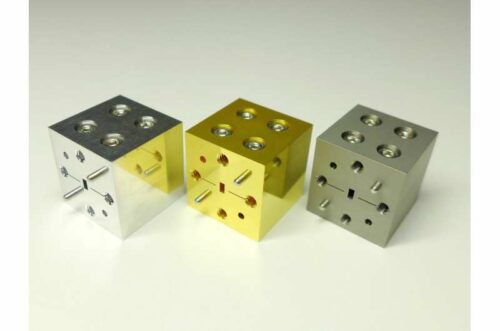With the power of superconducting metals like niobium, these developed waveguides are poised to redefine signal transmission.

As the evolution of B5G/6G technology continues, the frequency of data waves keeps rising. While contemporary metal transmission lines can manage B5G/6G signals, there’s a growing research emphasis on superconducting metals, like niobium. These metals offer reduced transmission losses and can accommodate elevated frequencies.
Researchers from Nagoya University, Japan, and their collaborators have achieved an advancement in signal transmission technology beyond 5G/6G (B5G/6G). The research team, led by Taku Nakajima and Kazuji Suzuki, developed a waveguide composed of niobium that enhances the transmission of B5G/6G signals. Their findings have been documented in the Journal of Physics: Conference Series.
The team evaluated the utility of niobium in a waveguide, a 3D transmission line designed to guide waves with minimal losses. The fabrication process was challenging due to niobium’s sensitivity to deformation. They commented on the difficulty, noting that the initial attempt resulted in milling burrs. After several months of trial and error, diamond-like carbon-coated tools were identified as the best for the task.
The niobium waveguides constructed by the team were equipped to transmit essential radio waves in the 100 GHz range for B5G/6G communications. Comparisons of their niobium waveguide’s conductivity against common waveguide materials (gold-plated tellurium copper and aluminium alloy) were conducted at both room and low temperatures. This was vital as superconducting metals, like niobium, exhibit lower electrical resistance in more extraordinary states. They confirmed that as anticipated, conductivity increased with reduced temperature, leading to lower circuit losses.
Simulations showed that the conductivity of niobium when in a superconducting state, outstripped that of aluminium alloy by factors ranging from 1,000 to 10,000. Additionally, niobium’s transmission loss was significantly less compared to other metals. Such findings highlight the potential of niobium waveguides to deliver superior communication quality.
The implications of this research extend beyond just communications. The researchers pointed out potential applications in radio telescopes for astronomical observations, emphasizing the technology’s potential to unlock new realms of scientific observation, from distant galaxies to monitoring the Earth’s upper atmosphere.





